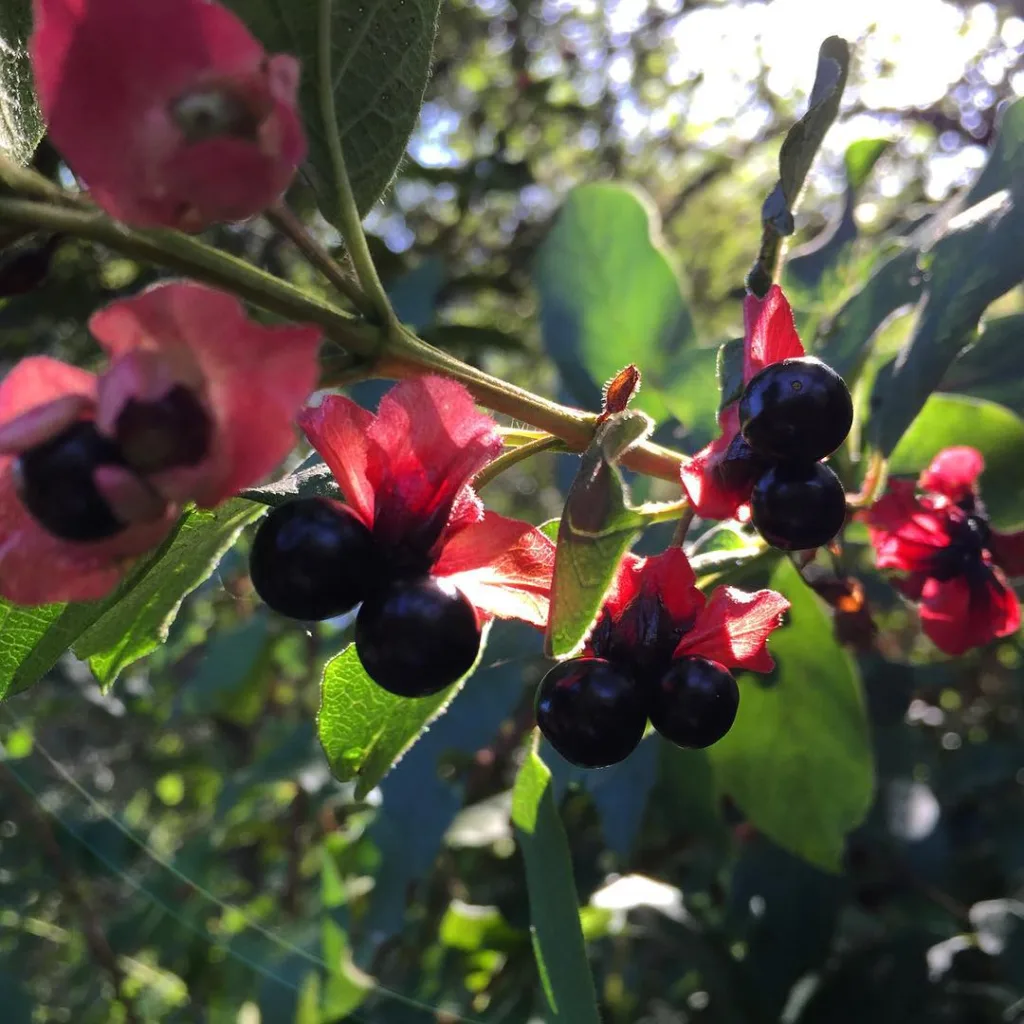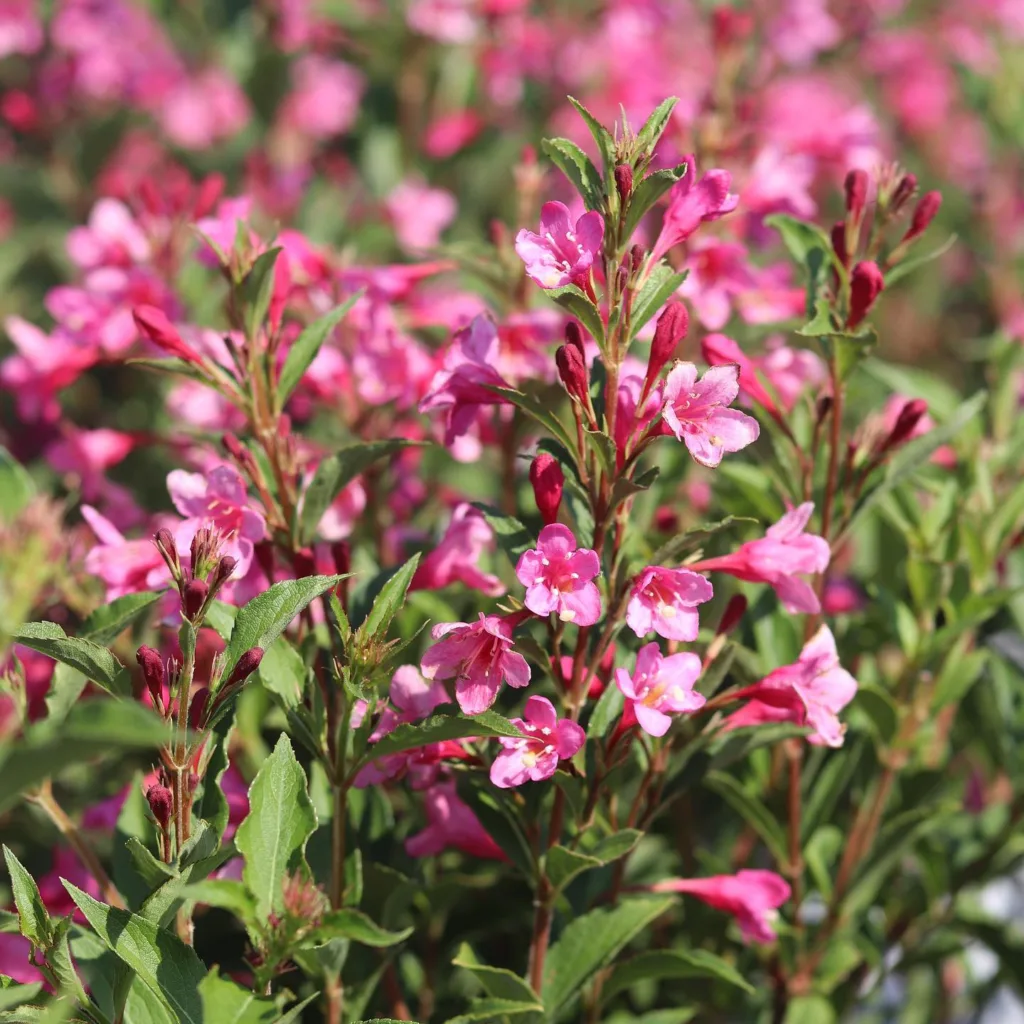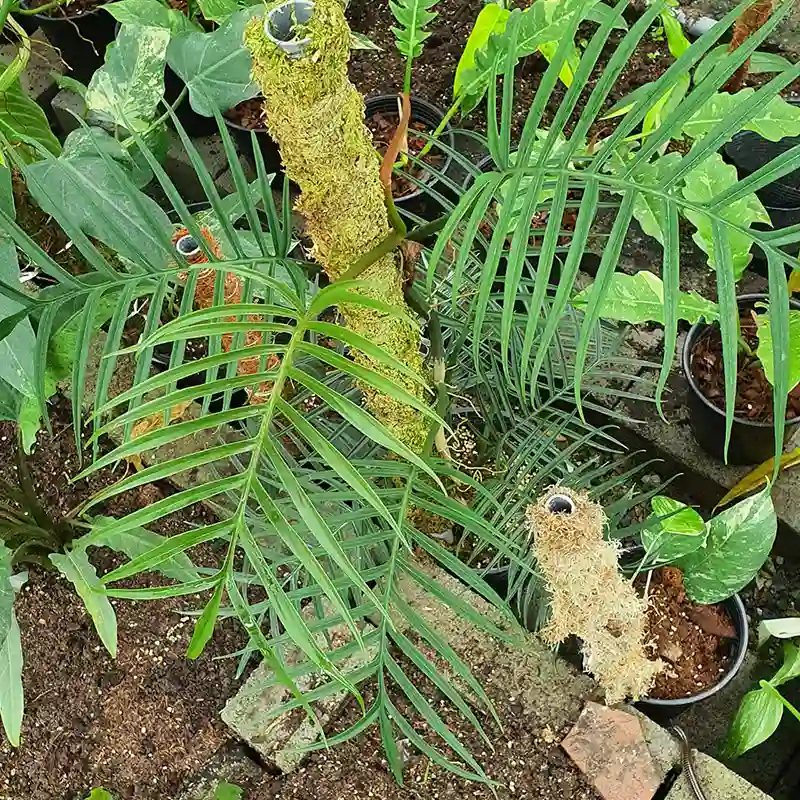The Curious Case of Houttuynia: A Plant of Many Names and Uses
My name is Ferb Vu, and I’ve always been fascinated by the natural world, particularly the plant kingdom. There’s something about the sheer diversity of flora that captivates me – the vibrant colors, the intricate structures, and the myriad of uses they offer. Recently, my interest was piqued by a rather unique genus called Houttuynia. This genus, belonging to the Saururaceae family, is predominantly found in Southeast Asia and is known for its distinct characteristics and surprising versatility.
A Closer Look at Houttuynia
Before 2001, Houttuynia was considered a monotypic genus, represented solely by Houttuynia cordata. However, further research led to the identification of two other species: Houttuynia emeiensis and Houttuynia chinensis. Let’s delve a little deeper into each of these:
- Houttuynia cordata: This is the most well-known species, commonly called “fish mint,” “lizard tail,” or “chameleon plant.” It’s recognized by its heart-shaped leaves, which often display a variegated pattern of red, green, and yellow. The plant emits a pungent, fishy odor, which explains its common name “fish mint”. Plant FAQs: Houttuynia Cordata – Fish Mint – Chameleon Plant
- Houttuynia emeiensis: This species is less common and is characterized by its elongated leaves and a more subtle aroma compared to H. cordata.
- Houttuynia chinensis: This recently discovered species shares similarities with H. cordata but possesses distinct genetic and morphological variations.
The Many Faces of Fish Mint
Houttuynia cordata, in particular, has a long history of use in traditional medicine and cuisine. In Vietnam, where I’m from, it’s known as “diếp cá” and is a popular ingredient in salads, spring rolls, and even juices. The leaves have a unique flavor – slightly sour, peppery, and yes, with a hint of fishiness. It might sound unusual, but it adds a refreshing twist to dishes, especially when combined with other herbs and spices.
Beyond its culinary applications, Houttuynia cordata has been recognized for its potential health benefits. Traditional medicine systems in Asia have used it to treat various ailments, including respiratory infections, skin disorders, and digestive problems. Modern research suggests that the plant possesses anti-inflammatory, antibacterial, and antiviral properties, thanks to the presence of bioactive compounds like quercitrin and afzelin.
A Gardener’s Delight
Aside from its culinary and medicinal uses, Houttuynia cordata is also a popular ornamental plant. Its colorful foliage and easy cultivation make it a favorite among gardeners. It thrives in moist environments and can tolerate both sun and shade, making it a versatile addition to gardens, ponds, and even indoor spaces. However, it’s worth noting that Houttuynia cordata can be quite invasive due to its rapid growth and spreading rhizomes. Therefore, it’s essential to plant it in contained areas or monitor its growth to prevent it from taking over your garden.
Houttuynia in the Modern World
Today, Houttuynia cordata is gaining popularity beyond Asia, finding its way into gardens, kitchens, and even skincare products across the globe. Its unique flavor profile and potential health benefits have sparked interest in the culinary world, with chefs experimenting with new and innovative ways to incorporate it into dishes. In the realm of skincare, extracts from Houttuynia cordata are being used in creams, serums, and masks due to their anti-inflammatory and soothing properties.
As someone who appreciates the wonders of the natural world, I find Houttuynia to be a truly remarkable genus. Its versatility, unique characteristics, and potential benefits highlight the importance of exploring and understanding the diverse flora that surrounds us. Whether it’s adding a zing to your salad, soothing your skin, or simply adding a splash of color to your garden, Houttuynia offers something for everyone. I encourage you to explore the world of Houttuynia and discover its wonders for yourself.
If i die, water my plants!



